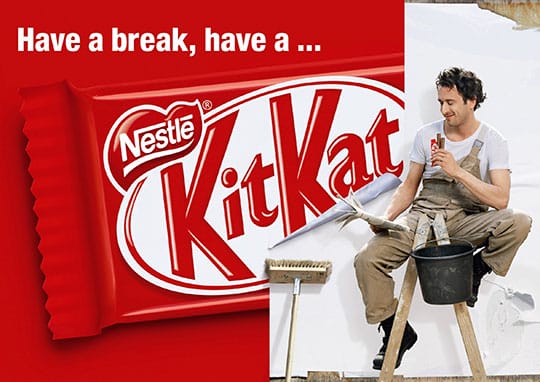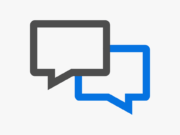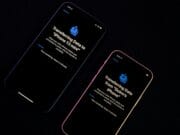Hello, there marketer! Are you in a place where you are unsure of what to price for your product? How to advertise your next sales discount? How to get your product tagged as the best selling in the market among several alternatives? In other words, increase SALES? Well, you have come to the right place that should help your business achieve the month end sales figure your company has desired since forever.
In today’s world of advanced sales strategies, your business is in need of:
- knowing what to price
- How to present offers
- How to use comparative pricing the right way
- How to exhibit the true value of your products and services
Understand and make understand the difference between time and money
 The present market is built with the complex mindsets of consumers who are empowered and more affluent about their emotions towards what they are buying. This has allowed consumer psychology and emotions to get a hold of their purchase decisions. How does that affect your business? Let me demonstrate. Take a look at the KitKat advertisement below:
The present market is built with the complex mindsets of consumers who are empowered and more affluent about their emotions towards what they are buying. This has allowed consumer psychology and emotions to get a hold of their purchase decisions. How does that affect your business? Let me demonstrate. Take a look at the KitKat advertisement below:

The popular tagline “Have a break have a KitKat” as we know it, tells us not about its price, not about how it’s better than others, not about its characteristics BUT about the experience you have with a KitKat. Look at the man in the picture having a quality time with a KitKat.
What is KitKat doing here? It’s telling you about the time and experience you achieve while enjoying a KitKat. Like KitKat, successful companies emphasize on Time as opposed to the Price they are charging. And quite evidently, why does this simple focus change everything? That’s because today’s consumers associate the experience with the product they are buying or the service they are using.
According to a study by Stanford Graduate School of Business,
“One explanation is that our relationship with time is much more personal than our relationship with money. Ultimately, time is a more scarce resource — once it’s gone, it’s gone — and, therefore, more meaningful to us,” says Mogilner. “How we spend our time says so much more about who we are than does how we spend our money.”
I mean think about it! Would you be more appealed to the experience that a product offers you or the mundane facts it says? Consumer behavior tells us that experiencing a good time worth’s more than technical advantages when it comes to making purchase decisions.
Making your customer realize the best deal
 A purchase deal comes from pricing points. The better your pricing points are placed the better perceived you deal will be. What does placing of price point mean? Let’s look into it.
A purchase deal comes from pricing points. The better your pricing points are placed the better perceived you deal will be. What does placing of price point mean? Let’s look into it.
When a consumer has his eyes on a price list, his brain instantly searches for the best deal under his budget. Take a look at the following example of coffee prices:
- Small cup – $3
- Medium cup – $5.50
- Large cup – $6
This strategy is known as “decoy pricing“:
“The decoy effect, also called the asymmetrical dominance effect, is a phenomenon where people tend to have a change in preference between two options when presented with a third option that is asymmetrically dominated.”
Let the price sell your value
 In 2008 Goldstein et al. found quite an interesting result while studying expectation behavior and the taste of wines. They found that if you don’t know the price of a costly wine, it won’t taste costly. In other words, you taste what you expect. This stands for any product or service.
In 2008 Goldstein et al. found quite an interesting result while studying expectation behavior and the taste of wines. They found that if you don’t know the price of a costly wine, it won’t taste costly. In other words, you taste what you expect. This stands for any product or service.
This means that a high priced product makes a consumer believe in its superiority without any other facts required. This is very interesting, because the next time, you might want to think before you use comparative pricing and set the price of your deal lower than your competitor’s.
We have to understand that a certain factor of feeling up-to-the-standard is associated with the higher pricing of products. Thus, with the right setting of value and price your business won’t need to set a lower price and seem inferior to its competitors, even when it isn’t.
Therefore, let your price sell the value you are offering.
Make it free
 Men were, are and will always be driven by ‘free’ offers. When was the last time you noticed a sign saying “Free gift with any purchase more than $500”, probably not too long ago. Signs like this seem to be offering us something for nothing like it’s a blessing! But the trick here is, with this statement, the marketer is making you spend more to reach a free gift. Therefore, to reach and unlock the free gift a consumer is buying more in the sense that he is gaining MORE than $500 by spending just $500. While it is true, it also drives your sales up.
Men were, are and will always be driven by ‘free’ offers. When was the last time you noticed a sign saying “Free gift with any purchase more than $500”, probably not too long ago. Signs like this seem to be offering us something for nothing like it’s a blessing! But the trick here is, with this statement, the marketer is making you spend more to reach a free gift. Therefore, to reach and unlock the free gift a consumer is buying more in the sense that he is gaining MORE than $500 by spending just $500. While it is true, it also drives your sales up.
Another, idea that comes under this discussion is the notion of discounts. Think of an example, where a chocolate bar says:
- 20 gm. X candy bar (20% extra) – $8
- 15 gm. Y candy bar – $4
Super 9
 In terms of sales and price strategy, the number 9 is a super number among all other digits. Why? The answer is more sales.
In terms of sales and price strategy, the number 9 is a super number among all other digits. Why? The answer is more sales.
Who hasn’t seen prices like $4.99, $399, $69, $99 etc. in shops and stores? It works because prices ending with 9 makes believe a consumer that it’s closer to the left digit and therefore of low cost.
The difference in $400 and $399 is just $1. Seek for yourself if the second price appears lower than the first one. It does, doesn’t it?! Yeah, that’s the magic of the number 9. However, the difference between $4.59 and $4.99 is not as apparent, because the starting digit is still 4. So, it’s important that the left digit is anchored correctly.

Finally, it all comes down to you as a marketer and the things you are marketing. Remember, strategies are incentives for your sales but the real potential of a product or service lies on how much value it actually offers. With the right amount of value and the right strategy, your business is good to skyrocket!






